Photos: Fruits of the Sonoran Desert
Sustaining cultures
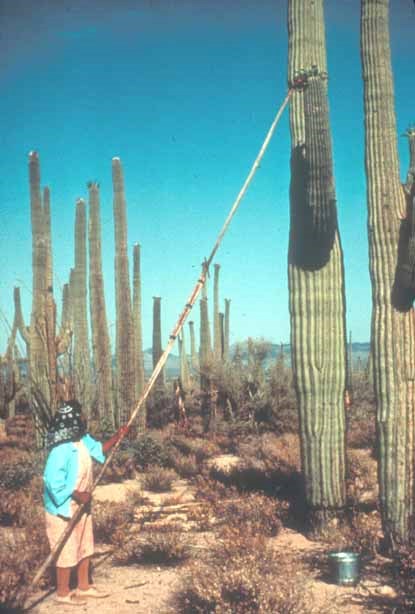
Animals of the Sonoran Desert are not the only living things to benefit from the annual June feast of the cardon and saguaro fruits. So too do the indigenous people of the Sonoran Desert. One such group, the Tohono O'odham of southern Arizona and northern Sonora, Mexico, has lived in this desert for thousands of years. The annual harvest of the saguaro fruit for these people, shown here, has provided subsistence, enhanced religious ceremony and has been a reaffirmation of the people's relationship with their desert home for centuries. For the Tohono O'odham, whose name translates to mean "Desert People," the harvesting of the saguaro fruit signals the start of another new year based on their 13-month lunar calendar. A fruit wine is made and a new year is celebrated.
Great health benefits
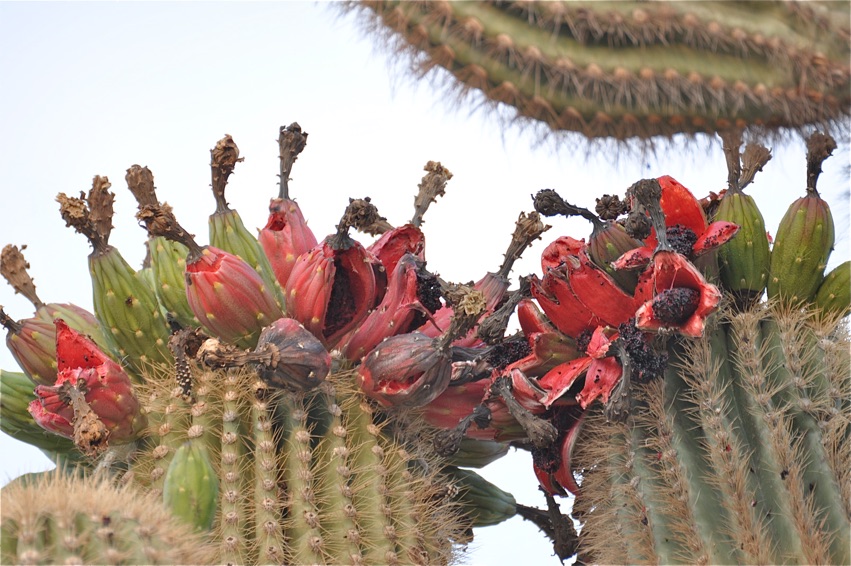
For the people of the Sonoran Desert, harvesting saguaro and cardon fruit was crucial to their health and survival. The red, fleshy pulp was scraped from the fruit pod. When 10 to 20 pounds of pulp were collected, the people would mix the pulp with water and boil the mixture over a fire. As the boiling mixture thickened, they would strain it, separating the seeds and pulp from the juice. The dry pulp could be made into a jam and the seeds ground and used for a meal, poultry feed or even a type of candy. The average saguaro fruit provides some 35 calories of nutrition. Consuming 2 tablespoons of seeds yields some 70 calories. Eating the contents of only five ripened fruits provides an individual with 4 grams of protein, soluble fiber, Vitamin C and 5 grams of fat.
Stormy season
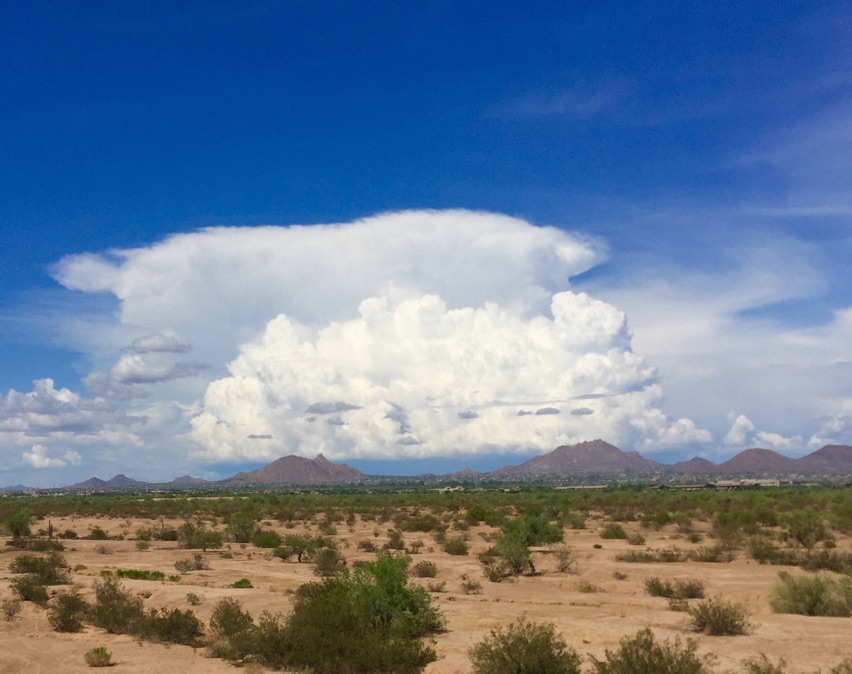
As the giant cacti fruits begin to disappear in early July, another natural cycle begins over the Sonoran Desert — the return of the monsoon rains. Now, the anticyclone winds of the predominate high-atmospheric pressure begin to once again bring much needed moisture from the Gulf of Mexico into the Sonoran Desert. This wind pattern historically remains over the desert until late September and produces many life-sustaining showers and thunderstorms over a moisture-starved landscape. The summer rains result in the return of grasses and wildflowers, relieving the lack of forage for the grazing animals of the Sonoran Desert.
Sprouting Saguaro
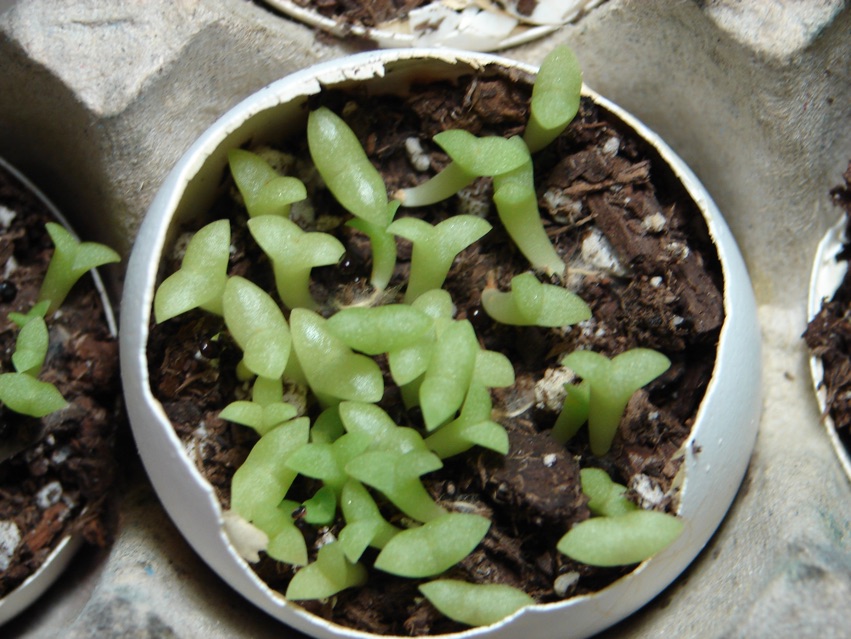
The monsoon rains also affect the few cardon and saguaro seeds that have fallen upon the desert floor and have not been consumed. Being so small, the seeds can easily find themselves in a small crack in the soil. And when the summer rains fall upon them and keep them moist for upwards of five days, they will sprout. The ideal temperature for sprouting is 77 degrees F (25 degrees C), which is easily maintained in June and July. Saguaro and cardons are dicotyledons, so when they sprout there are two, fleshy seed leaves. The actual "baby" saguaro is almost invisible — just a small, whitish dot of a structure located where the two cotyledons join. It must truly be one of nature's greatest wonders as to how such large, massive cacti can begin their lives as such small and vulnerable sprouts. The picture above shows a group of some 30 young saguaro cacti sprouted in an egg shell for an education class at Arizona State University.
Surviving the Sonoran
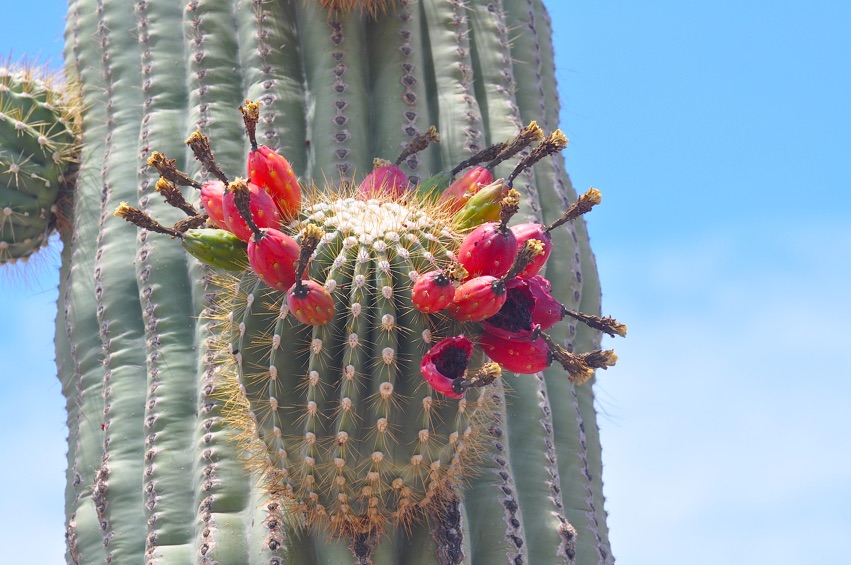
The fruits of the cardon and saguaro cacti of the Sonoran Desert are an amazing story of interdependence and survival. In what could arguably be the most hostile and extreme climatic conditions found in North America, these two desert giants produce each June enough food and moisture to allow thousands of other living creatures, including indigenous man, to survive the desert's most challenging time of year and conditions. They have been the desert's "June grocery store" for centuries and centuries and continue that role for the animals of the Sonoran Desert today.
Get the world’s most fascinating discoveries delivered straight to your inbox.


